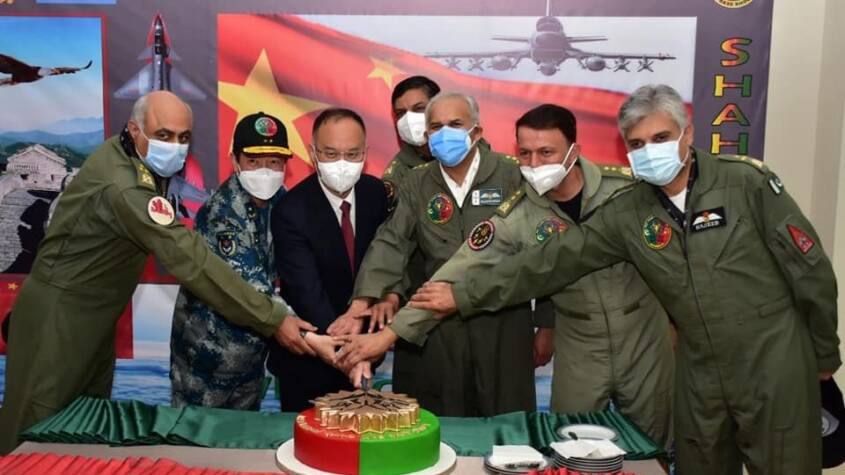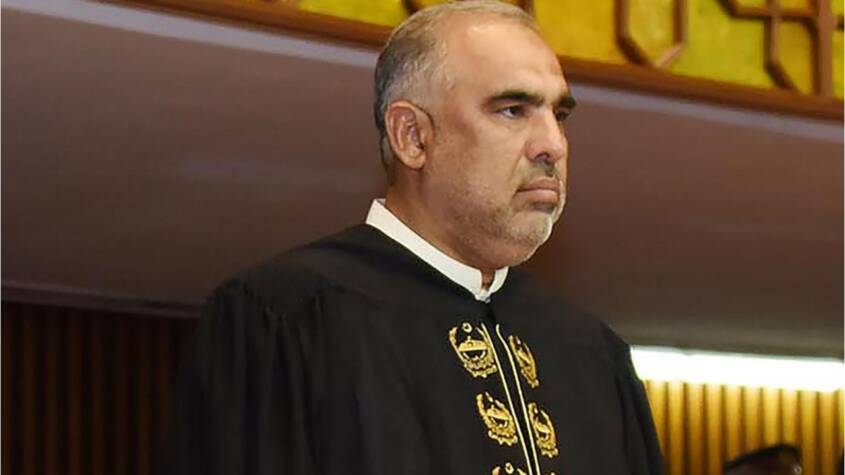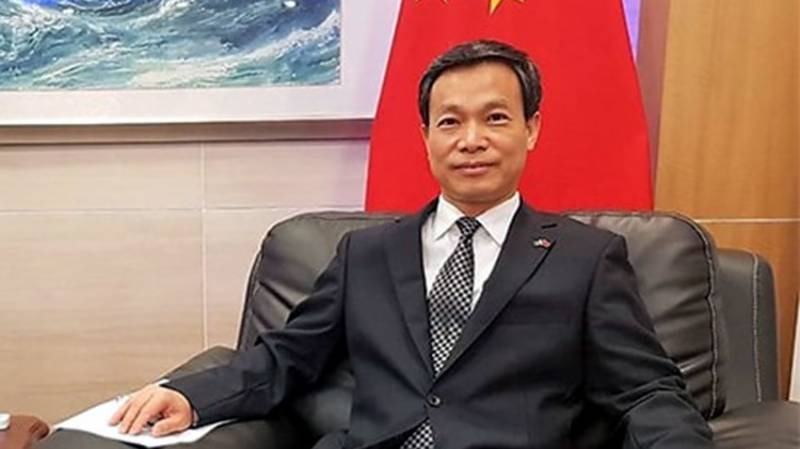The Belt and Road Initiative is one of the most ambitious projects ever undertaken. Its scope is vast and it touches almost every part of our life. While many people are talking about the business opportunities it might bring, there’s one aspect that has been largely overlooked: Cultural communication. Why? while economic and business opportunities will surely follow, it’s the cultural exchange that will help these relationships flourish in the long-term. If trade and Infrastructure development is ‘Body’ then Cultural communication is like ‘Soul’ to BRI initiative.
21st Century brings its own set of opportunities and challenges. As we are facing a cultural miscommunication crisis among nations. This is causing mistrust and misunderstanding between nations. In diplomacy, communication is the act of transmitting information between two or more parties. When used in a strategic context, communication is the art of building trust and creating understanding between cultures and nations through dialogue. So, we need to understand the importance of promoting Cultural Communication in BRI Initiative. A strong foundation for cultural exchange exists between many nations along the Belt and Road. We need to build on this foundation towards the revival of ancient silk route. These historic ties include; languages, religions, and cultural norms. At the same time, many nations have endured periods of mistrust and misunderstanding, which have left deep scars on the cultural consciousness. In this context, cultural exchange can serve as a medium to connect societies and peoples learn from each other’s culture. Cultural exchange can help reduce misunderstandings and create a more secure and stable world.
Communication and cultural exchange between Asian and European nations have always existed since the ancient times. One of the best examples is the Silk Route which was established during the Han Dynasty (206 BCE – 220 CE). The Silk Route was a series of trade routes that were central to cultural interaction between the East and West. It connected Asia’s southern coast, the Indian subcontinent, the Middle East, and Europe. The Silk Route became an important economic conduit, facilitating trade between China, India, and the West. This trade route helped spread ideas, goods, and cultural products throughout the regions it connected. One popular example could be Yoga, which originated from ancient Indian subcontinent and reached Yellow River Civilization, presently China, now people all over the world know Yoga, if not practice, which is the product of cultural communication originating from civilizations that connect East and West.
Getting its impetus from the ancient Silk route, the revival of Cultural communication through BRI is important and can be done by optimizing various channels like education, media, diplomatic and other people-to-people initiatives. Education can help promote cultural communication by giving people more knowledge about other cultures. Students can learn about the history, languages, and religions of other nations. They can also study the cultures of other people. Media can also help promote cultural communication. News outlets can report positive stories about people from other cultures. Drama, Film and Art collaboration among BRI countries can also play their due role in strengthening cultural understanding.
There are several ways to promote cultural exchange, including hosting cultural events, studying other cultures, and interacting with people from other cultures. Events such as the Olympics, Asian Games and other mega sporting events are great opportunities to showcase cultural exchange because they gather people from many nations. People to People exchange is another example of establishing strong and meaningful relationships among people from BRI countries. China has been at the forefront to invite students from all over the world and let them experience contemporary China’s culture besides getting a quality education. Universities are great places to study other cultures because they bring together people from various backgrounds. Interacting with people from other cultures can help break down barriers and promote cultural exchange.
We now live in a globalized world where economic prosperity depends on the exchange of goods and services across national borders. However, the reality is that communication across borders can be challenging, especially if people from different cultures and backgrounds are involved. BRI can help promote better cross-cultural communication and understanding by increasing one’s awareness of the social, cultural, and environmental factors that impact communication. Cultural awareness, sensitivity, and competence are essential for mutual understanding, respect, and trust among people from different cultures, which is key to achieving the goals of the Belt and Road Initiative.
By Syed Shams Ul Hassan
Sinologist at China Study Centre of COMSATS University Islamabad. Alumni of Zhejiang University and Youth of Excellence Scholar of China. Currently PhD candidate in China Studies.
















